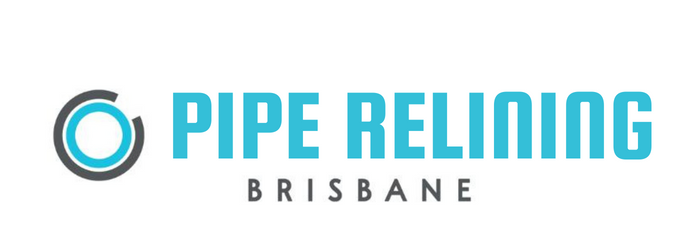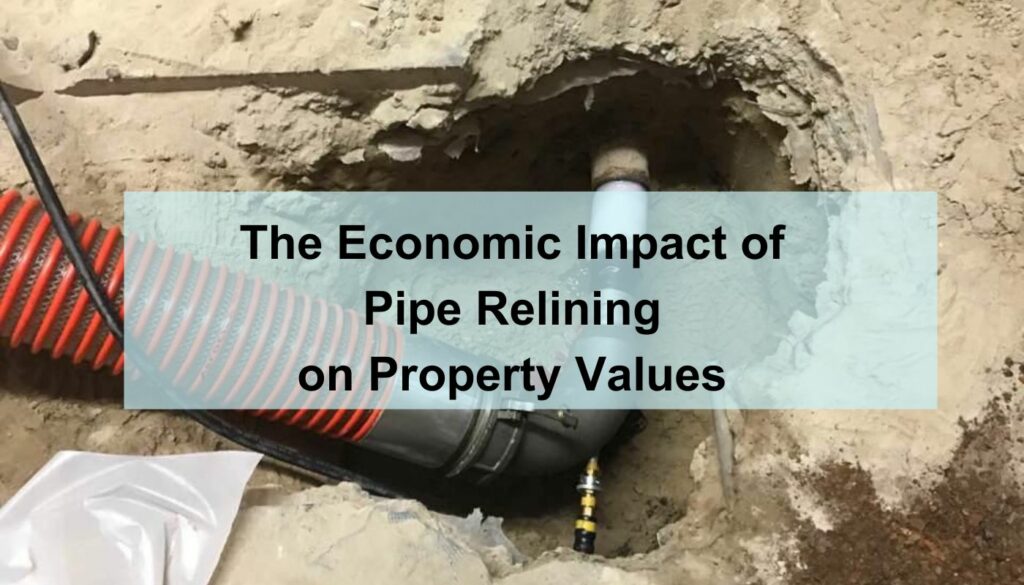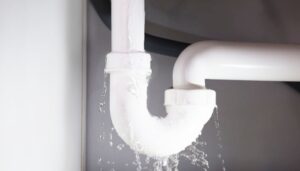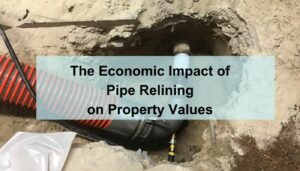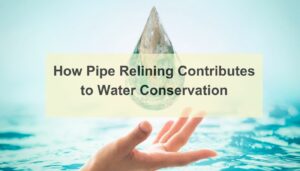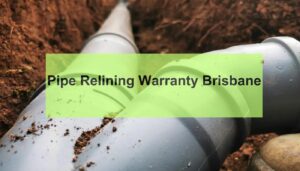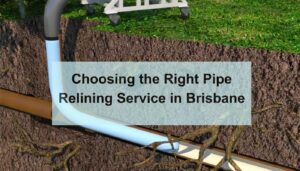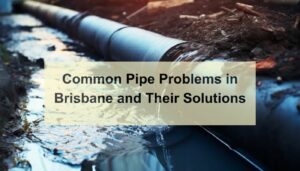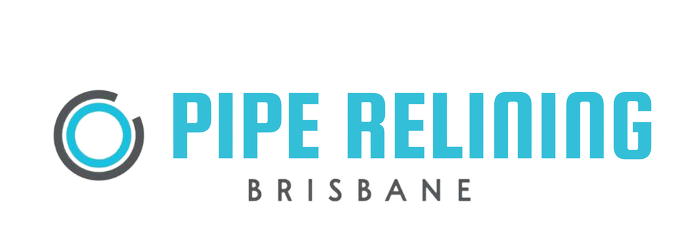Pipe relining emerges as a significant innovation in property maintenance and enhancement, especially when compared to the traditional methods of plumbing repair and replacement of drain and sewer pipes. Historically, addressing issues with underground PVC pipes and other materials often meant extensive excavation, significant property disruptions, and considerable expense. However, with the advent of new pipe relining technology, property owners now have access to a less intrusive and more cost-effective solution for relining pipes.
This technology extends the life of plumbing systems without the need for disruptive excavations, preserving the aesthetic and structural integrity of properties. The relevance of this method becomes increasingly significant in urban areas where excavations of clay pipes can be particularly disruptive and costly.
The purpose of this article is to explore the economic impact of pipe relining on property values. By delving into various aspects such as cost, efficiency, and the overall appeal of properties with relined sewer pipes, this discussion aims to provide property owners, potential buyers, and real estate professionals with a clearer understanding of how pipe relining services could influence their investment decisions and property valuations. Through a detailed analysis, we will assess whether the adoption of pipe relining can indeed be seen as a beneficial investment that enhances property value over time.
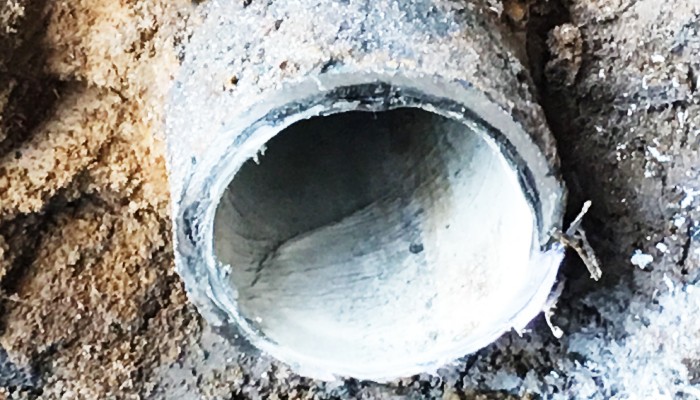
Overview of Pipe Relining Technology
Pipe relining is a modern plumbing repair method that allows for the restoration of existing pipes internally, using special, durable materials. This technology involves inserting a resin-saturated liner into the old pipe, which is then expanded to fit tightly against the damaged pipe itself’s interior walls and cured in place using heat or UV light. The result is a new, seamless pipe within the old one, effectively repairing it without the need for excavation.
The materials used in pipe relining are typically made from epoxy or polyester resin compounds, which are known for their long-lasting properties and resistance to common issues such as corrosion, from tree roots, root intrusion, and leaks. This method is suitable for a variety of pipe materials, including clay, cast iron, and PVC, making it a versatile solution for both residential and commercial properties.
One of the significant advantages of pipe relining over traditional pipe replacement is the minimal disruption it causes. Traditional methods often require digging up lawns, breaking through concrete, and other disruptive activities that can significantly impact the daily operations of a property. Pipe relining, on the other hand, is often completed in a fraction of the time of traditional repair methods and without the major excavations, preserving the property’s landscape and structural integrity.
Furthermore, the efficiency and effectiveness of pipe relining make it a preferable choice in urban settings where minimizing disruption and downtime is crucial. The ability to repair pipes without extensive excavation not only saves time but also reduces overall repair costs, making pipe relining a cost-effective alternative to traditional pipe replacement and repair methods. This combination of benefits contributes to the growing popularity of pipe relining among property owners and real estate professionals alike.
Economic Benefits of Pipe Relining for Property Owners
Cost Savings Compared to Traditional Methods
Pipe relining presents substantial cost advantages over traditional pipe replacement methods. Traditional approaches usually necessitate extensive excavation, which can be labor-intensive and expensive. Costs include not only the excavation and pipe replacement but also the restoration of the affected property areas, such as landscaping and repaving. Pipe relining, by contrast, involves minimal excavation, leading to significant cost reductions, potentially saving property owners up to 50% of the costs incurred by traditional traditional pipe repair methods alone.
Reduction in Long-Term Maintenance Costs
Another significant economic benefit of pipe relining is the reduction in long-term maintenance expenses. The materials used in pipe relining, such as the epoxy resin and polyester resins, are resistant to many common plumbing issues, including corrosion, leaks, and tree root invasion. This resistance translates into fewer necessary repairs over the lifespan of the relined pipes, thereby reducing the overall maintenance budget required for the plumbing infrastructure.
Enhanced Property Marketability
For owners of rental or commercial properties, the quick and non-disruptive nature of pipe relining is particularly advantageous. The process of pipe repair itself typically takes only a few hours, with the property being usable almost immediately after. This efficiency minimizes any potential loss of income due to business interruptions. Additionally, the modern and less invasive technology used in pipe relining can be a significant selling point to prospective tenants and buyers, highlighting the property’s upgraded and reliable infrastructure.
Through these facets immediate cost savings, reduced maintenance costs, and increased appeal to tenants and buyers pipe relining proves to be a financially wise choice. These economic advantages of pipe lining will not only help maintain the property’s value but can also enhance its appreciation over time, affirming pipe relining as a prudent investment in the property’s structural and fiscal health.
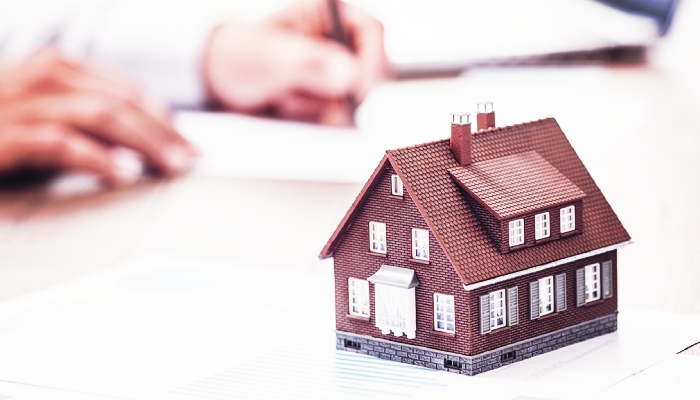
Impact on Residential Property Values
Increased Home Valuations
Pipe relining can significantly increase the value of residential properties by addressing one of the key concerns for homeowners: the integrity of damaged pipes in the property’s plumbing system. A relined pipe system reduces the risk of future plumbing failures, such as leaks and bursts, which are often red flags for potential buyers. Properties with a modernized, reliable plumbing system tend to attract higher offers, reflecting the reduced need for immediate maintenance or repair work post-purchase. Additionally, the use of durable, long-lasting materials in pipe relining can be a strong selling point, assuring prospective homeowners of minimal plumbing issues in the foreseeable future.
Case Studies and Evidence
Several case studies highlight the positive impact of pipe relining on residential property values. For example, a neighborhood where older homes typically faced repeated plumbing issues saw a noticeable increase in market value after a collective decision to undertake pipe relining. Realtors in the area reported that homes with relined pipes sold faster and at higher prices compared to those with older, potentially problematic plumbing systems. Such examples underscore the economic benefits of pipe relining, not just in maintaining but actively enhancing property value.
Homeowner Perceptions and Market Trends
Homeowner perceptions regarding what pipe relining costs can also play a crucial role in influencing property values. As awareness of the benefits of pipe relining grows, homeowners begin to view it as a preventative measure rather than a cost. This shift in perception is reflected in real estate market trends where properties with recent upgrades, including pipe relining, are marketed as ‘move-in ready’ and command higher prices. Moreover, in competitive real estate markets, homes that boast modern infrastructure improvements like pipe relining often stand out, attracting more interest and higher bids from potential buyers.
Overall, the impact of pipe relining on residential property values is profound. By enhancing the reliability and longevity of existing pipe in the plumbing system, pipe relining not only preserves but can significantly increase a home’s market value, making it a wise investment for homeowners looking to improve their property’s appeal and financial standing in the real estate market.
Impact on Commercial Property Values
Importance in Commercial Real Estate
In commercial real estate, the state of a property’s infrastructure, particularly its plumbing system, plays a crucial role in its overall value and operational efficiency. Efficient and reliable plumbing systems are essential for businesses that depend on smooth daily operations. Pipe relining offers a non-invasive, cost-effective solution to plumbing solutions that enhances the functionality and reliability of these systems, thereby boosting the property’s appeal to potential investors and tenants.
Case Studies Demonstrating Value Increase
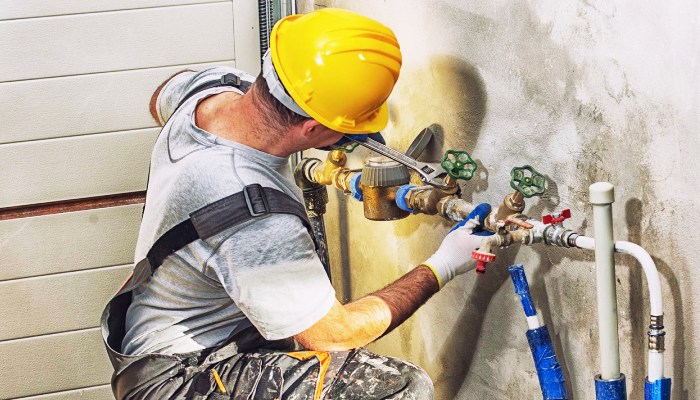
There are numerous instances where commercial properties have experienced a significant increase in value following pipe relining projects. For example, a commercial complex that underwent pipe relining reported a decrease in maintenance calls and a subsequent increase in tenant satisfaction and retention rates. These improvements directly contributed to a higher occupancy rate and allowed the property owner to justify the relining cost through a premium on rent, ultimately increasing the property’s overall market value. Such case studies provide tangible proof of the financial benefits associated with investing in pipe relining.
Rental Yield and Tenant Attraction
Commercial properties with up-to-date, reliable infrastructure are more attractive to high-quality tenants. These tenants are often willing to pay a premium for properties that offer modern amenities and require less frequent maintenance. Pipe relining can be a significant factor in this regard, as it assures tenants of minimal disruptions due to plumbing issues. This assurance can lead to higher rental yields, as well as longer lease terms, both of which contribute positively to the property’s value. Furthermore, properties known for advanced and proactive maintenance measures, such as pipe relining, tend to have a competitive edge in the market, attracting a broader pool of potential renters.
Conclusion
The exploration of pipe relining as an innovative technology in the plumbing industry reveals significant economic impacts on property values. Through this article, we have examined how pipe relining not only preserves but can substantially enhance the value of both residential and commercial properties. The the relining process offers an efficient, cost-effective alternative to traditional pipe replacement methods, characterized by less disruption and reduced long-term maintenance costs.
For residential properties, pipe relining increases marketability and attractiveness to potential buyers by ensuring a robust, low-maintenance plumbing system. This reassurance can translate into higher property values and quicker sales. Commercial property owners, similarly, benefit from improved operational efficiency and the potential for higher rental yields, making pipe relining cost their properties more lucrative investments.
The case studies and examples provided underscore the tangible benefits of pipe relining, from cost savings and reduced maintenance to enhanced marketability and increased property values. This discussion suggests that property owners, whether residential or commercial, should consider pipe relining not just as a repair technique but as a strategic investment in their property’s future.
Further research and broader awareness of pipe relining’s benefits could encourage more widespread adoption of this technology, influencing real estate markets and property management practices positively. Ultimately, pipe relining stands out as a financially wise choice for property owners looking to secure and grow their investments in an ever-evolving real estate landscape.
